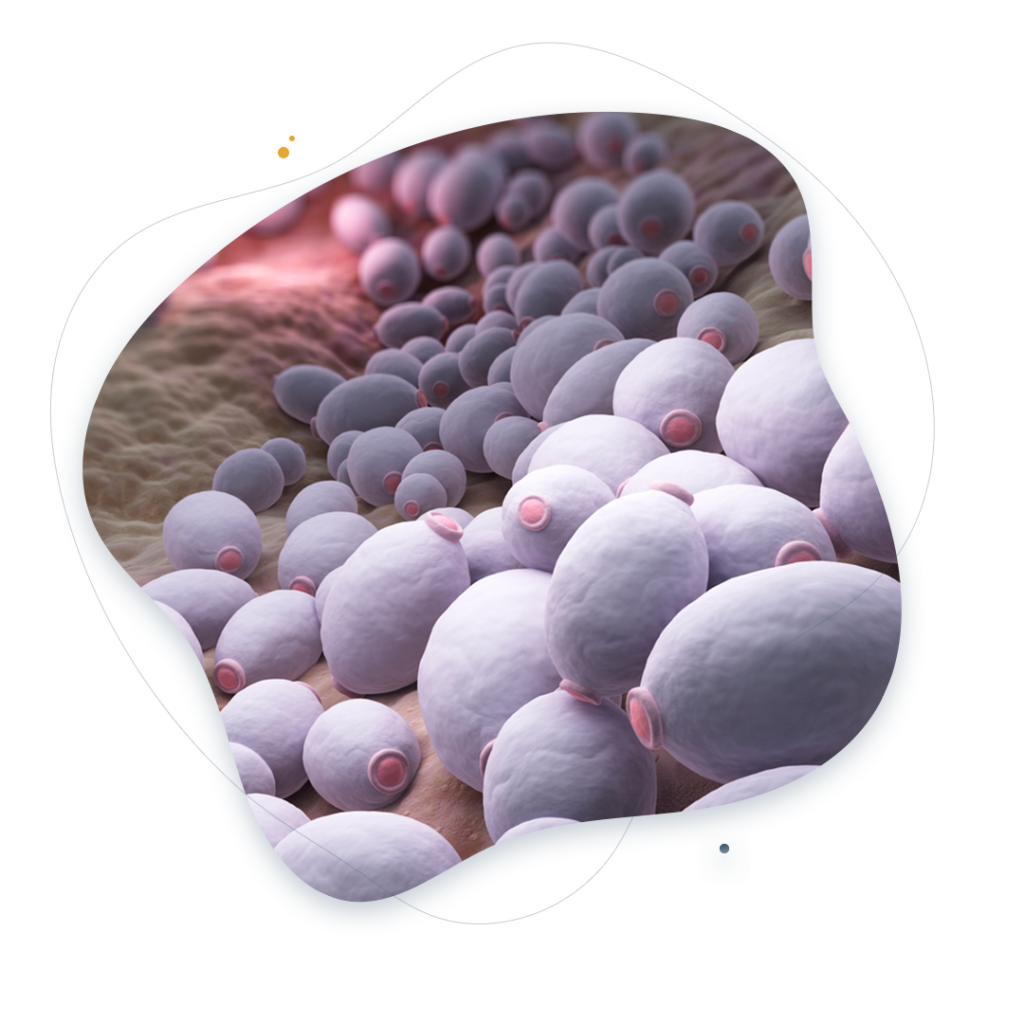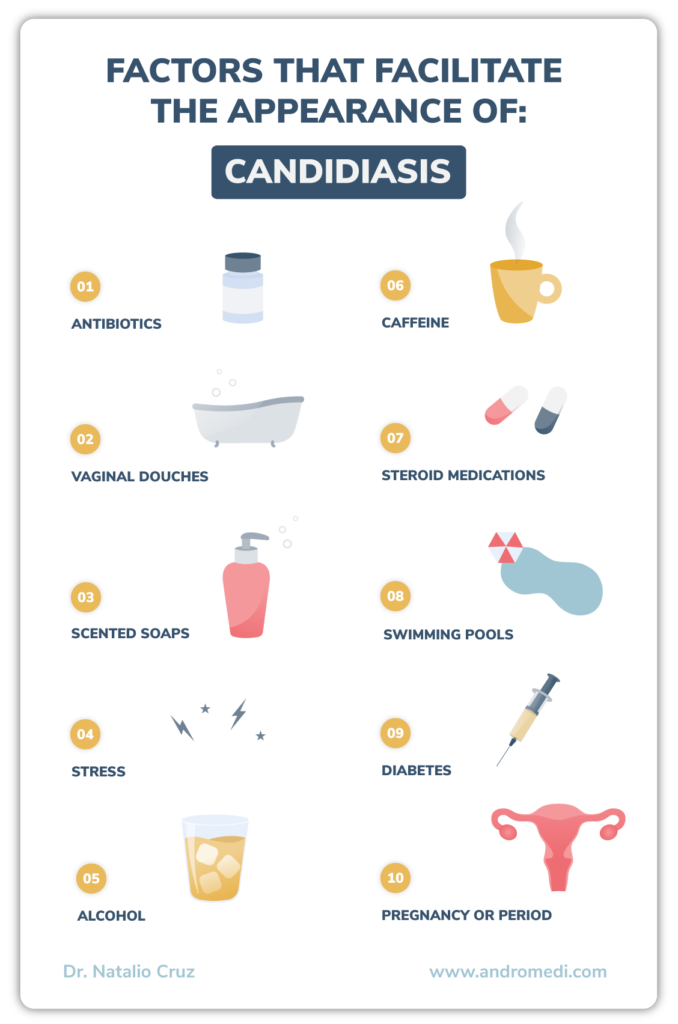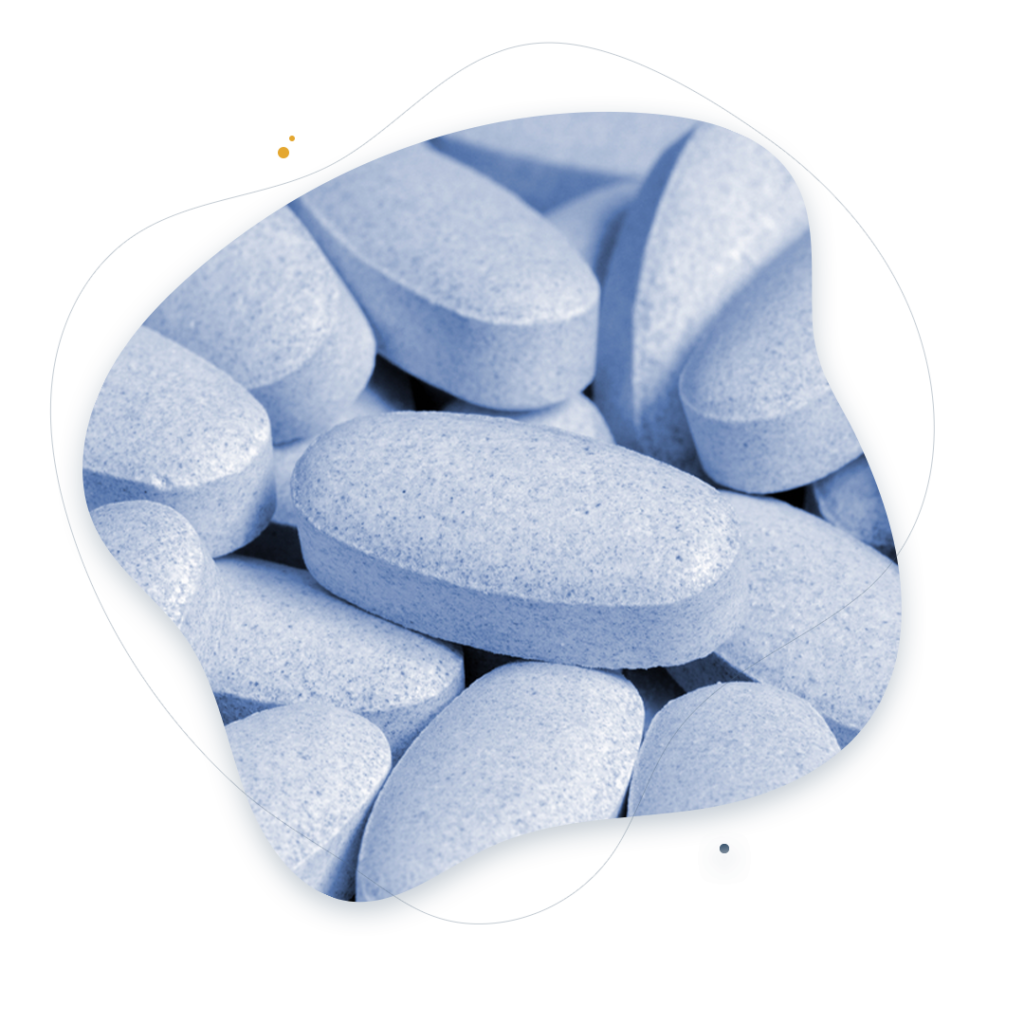symptomatology
What are its symotoms?
The symptoms produced by candidiasis vary depending on the anatomical location of the infection but, in general terms, there are red, itchy areas. In oral candidiasis, these plaques are white.
In women
- Itching and irritation of the vagina (labia majora, labia minora, vulva).
- Burning during urination or sexual intercourse.
- Erythema (redness) and swelling of the vulva
- White, odourless vaginal discharge.
- Vaginal discomfort.
In men
- Persistent moisture in the folds of the penis (between the glans and foreskin).
- Foul-smelling mucous secretion.
- Plates of white and shiny skin on the tip of the penis.
- Erythema (redness), itching, and burning of the penis during urination or sexual intercourse.
Oral candidiasis in men or women is characterized by whitish (pearly) and painful skin plaques in the buccal mucosa, fissures in the angles of the mouth (called cheilitis) and reddened tongue.
Can a contagion be asymptomatic?
In theory, almost one-fifth of the female population in the world has candida albicans as the usual vagina’s flora, without this leading to significant clinical manifestations (candidiasis itself).
Differences between men and women
Women are more predisposed to mycosis from candida albicans due to the conditions of the vagina, which is a warm, humid place. However, men are at greater risk of candidiasis because this yeast is not part of the normal flora of the penis.
Uncircumcised men are especially susceptible to candidiasis because the folds of the foreskin on the glans (balanopreputial sulcus) provide this humid and warm environment for the yeast to proliferate and invade the tissue.






Andromedi pertenece a las organizciones médicas más destacadas en el sector de la Uro-Andrología